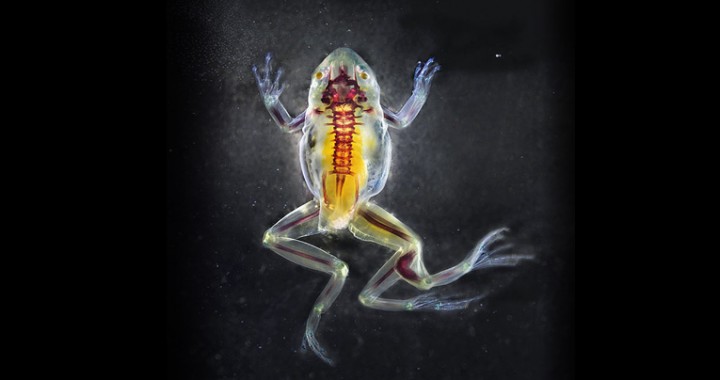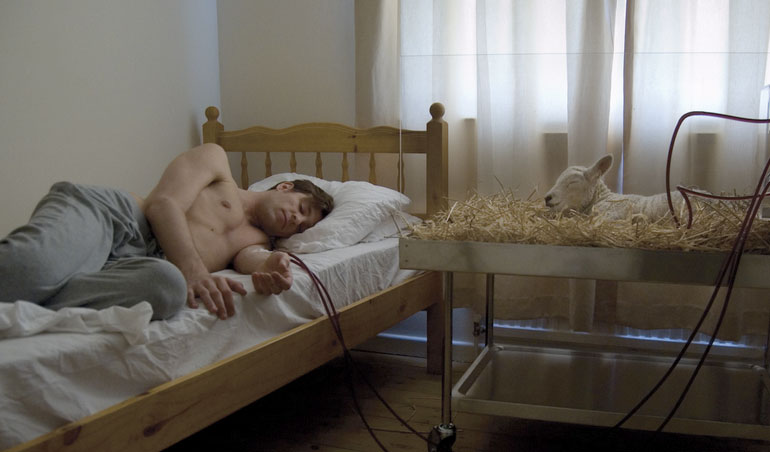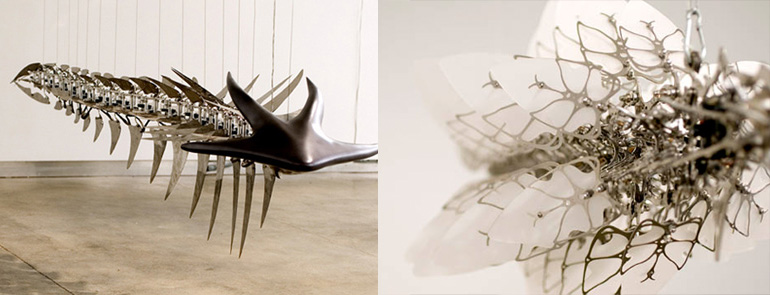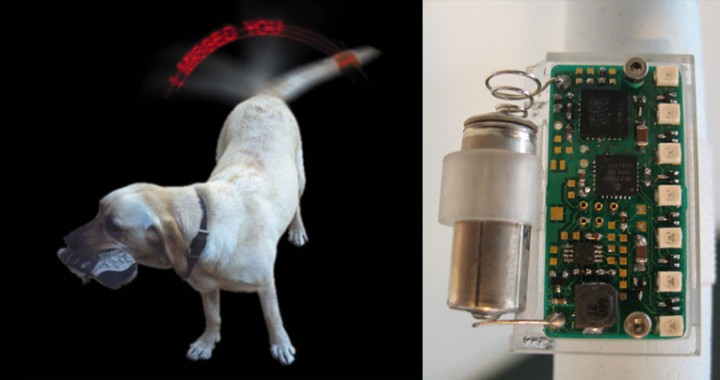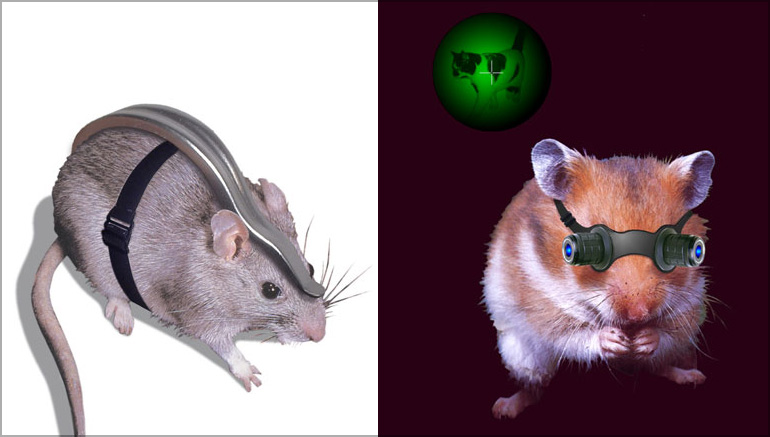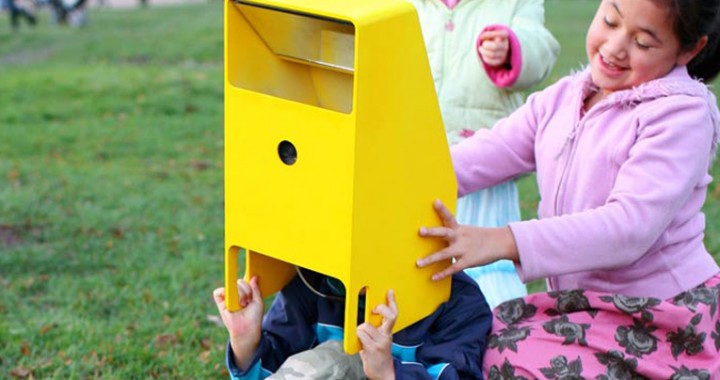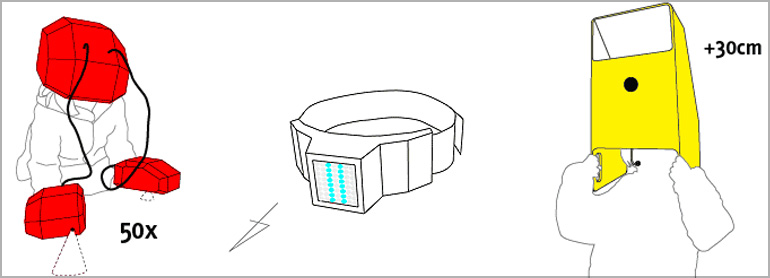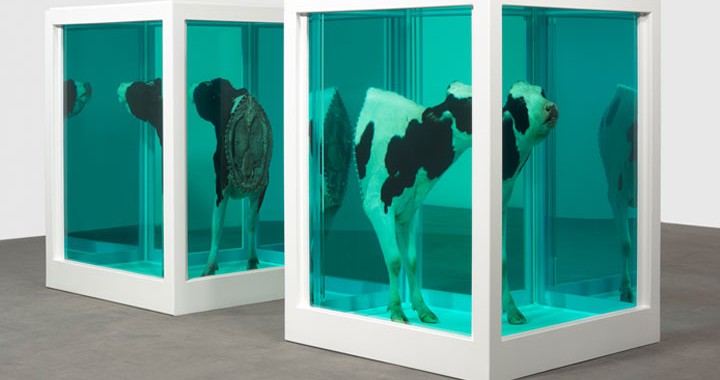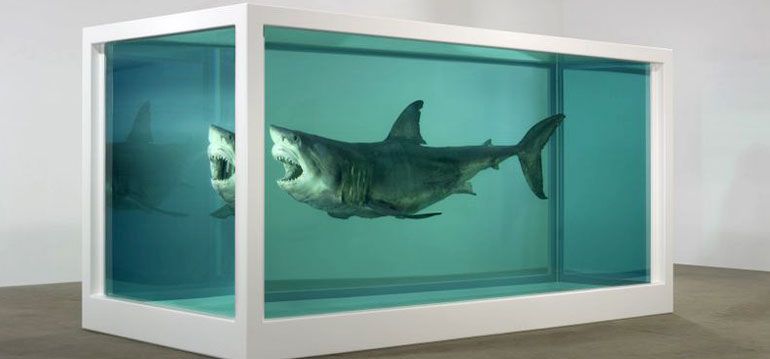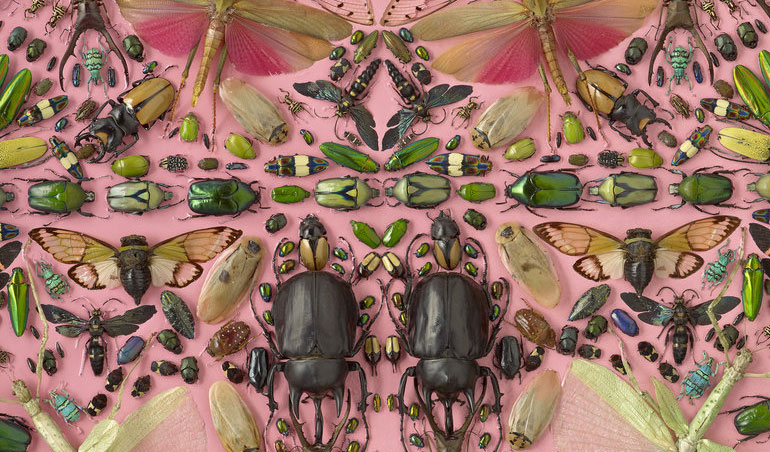For twenty years, Ballengee has studied and documented deformed amphibians. He creates portraits of the deceased animals using a biology-lab process that removes everything but the collagen and stains the bones and cartilage. Ballangee sees his portraits as a way to memorialize the animals. He states: “If we start to look at the environment as made up of individuals just as unique as each and every one of us, I think that has the potential to really reframe our approach towards our own actions every day.”1
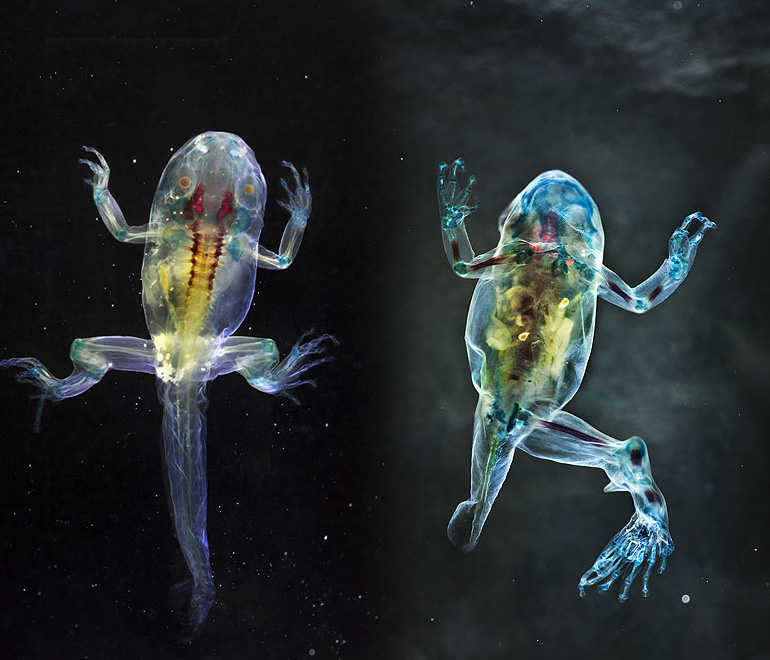
1 Annie Minoff, “SciArts Spotlight: Brandon Ballengee,” (Science Friday: April 4, 2014), www.sciencefriday.com/blogs/04/04/2014/sciarts-spotlight-brandon-balleng-e.html?series=20.
